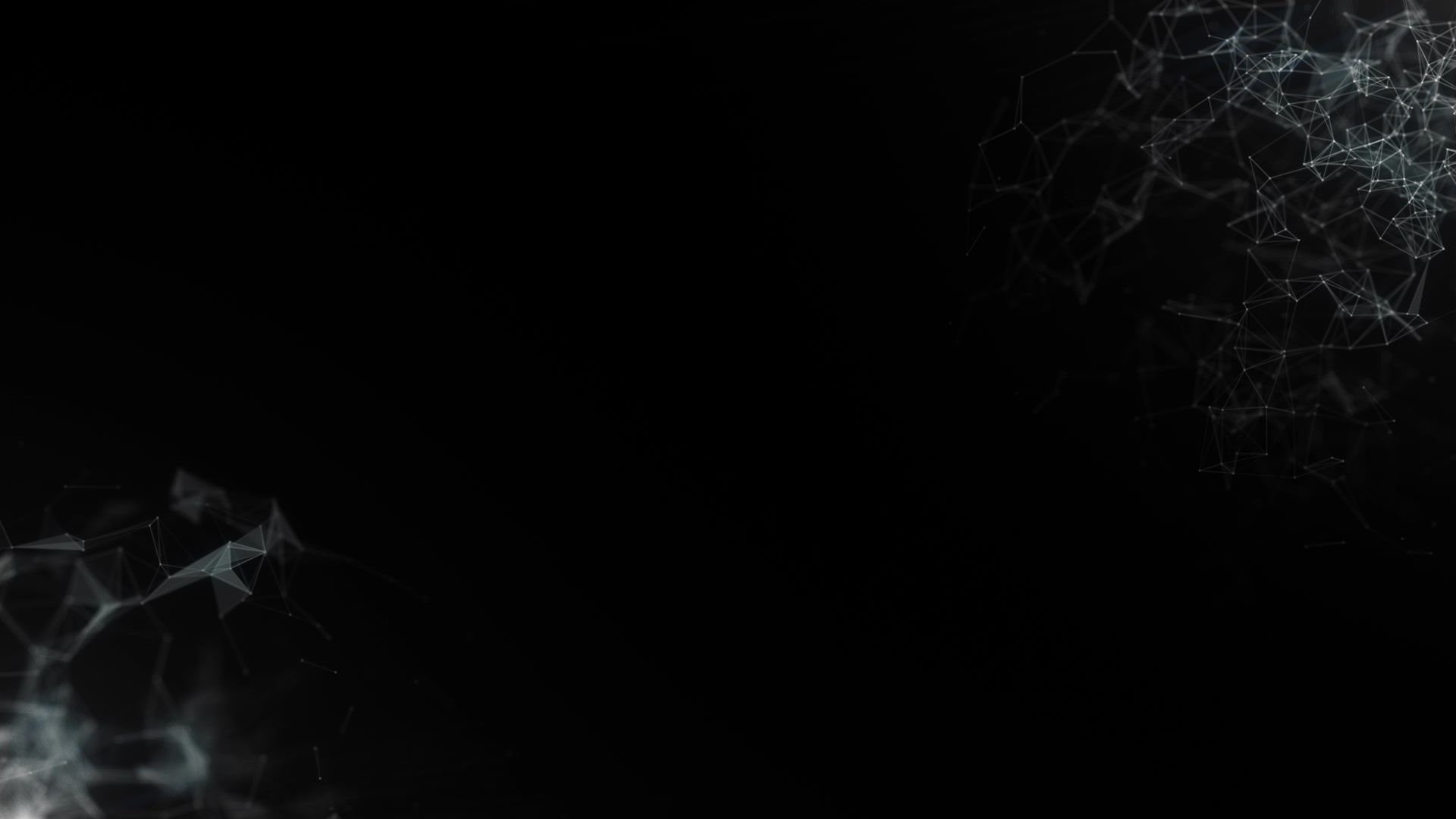

We are proposing a new lens for thinking about relationships between persons, peoples, and places.
Coming soon is a chapter in a new book on Sense of Place. In this chapter we explore how the relations between person, people, and place are the core of our existence. We are not separate from our relations in place. Soon there will be additional blog entries and other related materials.
Jeni Cross and Verena Knerich present a personal, narrative‑driven exploration of how people become “in place” by moving from a Western, materialist view of the world toward an Indigenous‑inspired relational worldview. The authors introduce the Kithship Wheel, a visual lens that depicts three interlocking elements (person, people, and place) connected by four relational processes: valuing, being, knowing, and doing. The wheel is meant to help readers see how emotions, cultural narratives, and everyday practices co‑constitute identity and belonging, offering a way to understand and deepen one’s sense of place beyond mainstream concepts in conventional place research.
Through autobiographical stories, the authors illustrate how climate, geography, and cultural context shape mood, social relations, and identity. Jeni Cross describes how the seasons of the Pacific Northwest, California, and Colorado affect her emotional rhythms and social interactions; Verena Knerich recounts feeling displaced during the pandemic in Colorado until she cultivated intentional relationships with people and the landscape. These anecdotes reveal that personal attachment to place is mediated by sensory experiences, cultural meanings, and communal rituals, and that disruption – whether by migration, demographic change, or disaster – breaks the relational processes that sustain the Kithship Wheel. The chapter contrasts the dominant substantialist worldview, which treats people, places, and nature as separate objects, with an Indigenous relational cosmology that sees all beings as co‑constituting and sentient, emphasizing reciprocity, respect, and responsibility.
The authors argue that recognizing and repairing these relational ruptures is essential for individual well‑being, community resilience, and ecological justice. They cite examples such as the loss of neighborly reciprocity in rapidly growing towns, the cultural trauma of Hurricane Katrina’s displacement, and the ongoing “Land Back” movement that restores Indigenous kinship ties to territory. By foregrounding the four processes of the Kithship Wheel, the chapter suggests practical pathways to “co‑become” with place: intentional gratitude, daily rituals of care, and listening to the needs of non‑human entities (e.g., asking what a river wants). Ultimately, the authors invite readers to shift from viewing objects as primary to seeing relationships as fundamental, thereby fostering deeper, more sustainable connections to people, places, and the broader natural world.
Project Gallery


